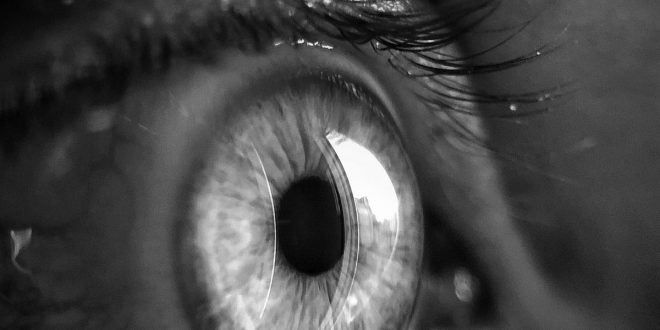On the other hand, there’s the “20-20-20 rule”. This rule suggests that you should look away from screens every 20 minutes at an object that is around 20 feet away for a full 20 seconds. Making this part of your routine when using phones, iPads, computers, and other eye-intensive gadgets can reduce the chance you’ll experience the side effects of eye strain.
Why you need to take regular screen breaks
1. To prevent eye strain
Using digital technology won’t necessarily damage your eye health. However, it can cause eye strain as people tend to blink less when staring at a screen. This can cause your eyes to become tired and lead to symptoms such as headaches and dry eyes. Looking away from screens for just a few minutes can give your eyes the rest they need.
2. To break up processes
If you’re using a screen at work or when you’re learning, it’s easy to lose track of time and find that you’ve been looking at a screen for hours. But taking a break can help you retain information and give you a chance to process what you’ve been working on.
While it can seem counterintuitive, stepping away from the screen for five minutes when you’re working on something can make the process more efficient and mean you’re getting more out of it.
3. Benefit from different perspectives
If you’ve been sitting at a screen for hours, you can sometimes find yourself stuck in a rut. Perhaps you’re trying to solve a problem but can’t find a solution. A break to have a cup of coffee, chat with a colleague, or go for a walk outdoors can help you be more creative and give you a new perspective.
It means you can come back to the screen feeling refreshed and ready to go.
4. Embracing healthier habits
When you’re sitting at a screen, what is your posture like? Does it mean you put off exercising?
Relying on screens can mean unhealthy habits can creep in that could affect your well-being. Taking a break to stretch, walk around, and adjust how you’re sitting could improve your health. Making longer screen breaks part of your day also provides you with an opportunity to increase your exercise or focus on other areas of your life.
5. Improve the quality of your sleep
If you find you struggle to fall asleep, technology could be playing a role. Electronics emit something called blue light, which can affect the brain’s production of melatonin. Melatonin is a hormone that controls your sleep cycle so disrupting it can affect your quality of sleep.
 Top Naija News – Nigeria News, Nigerian News & Top Stories Top Naija News – Nigerian Newspapers, Nigerian News. topnaijanews is a daily Nigerian newspaper covering Latest News, Breaking News, Entertainment, Sports, Lifestyle and Politics.
Top Naija News – Nigeria News, Nigerian News & Top Stories Top Naija News – Nigerian Newspapers, Nigerian News. topnaijanews is a daily Nigerian newspaper covering Latest News, Breaking News, Entertainment, Sports, Lifestyle and Politics.




